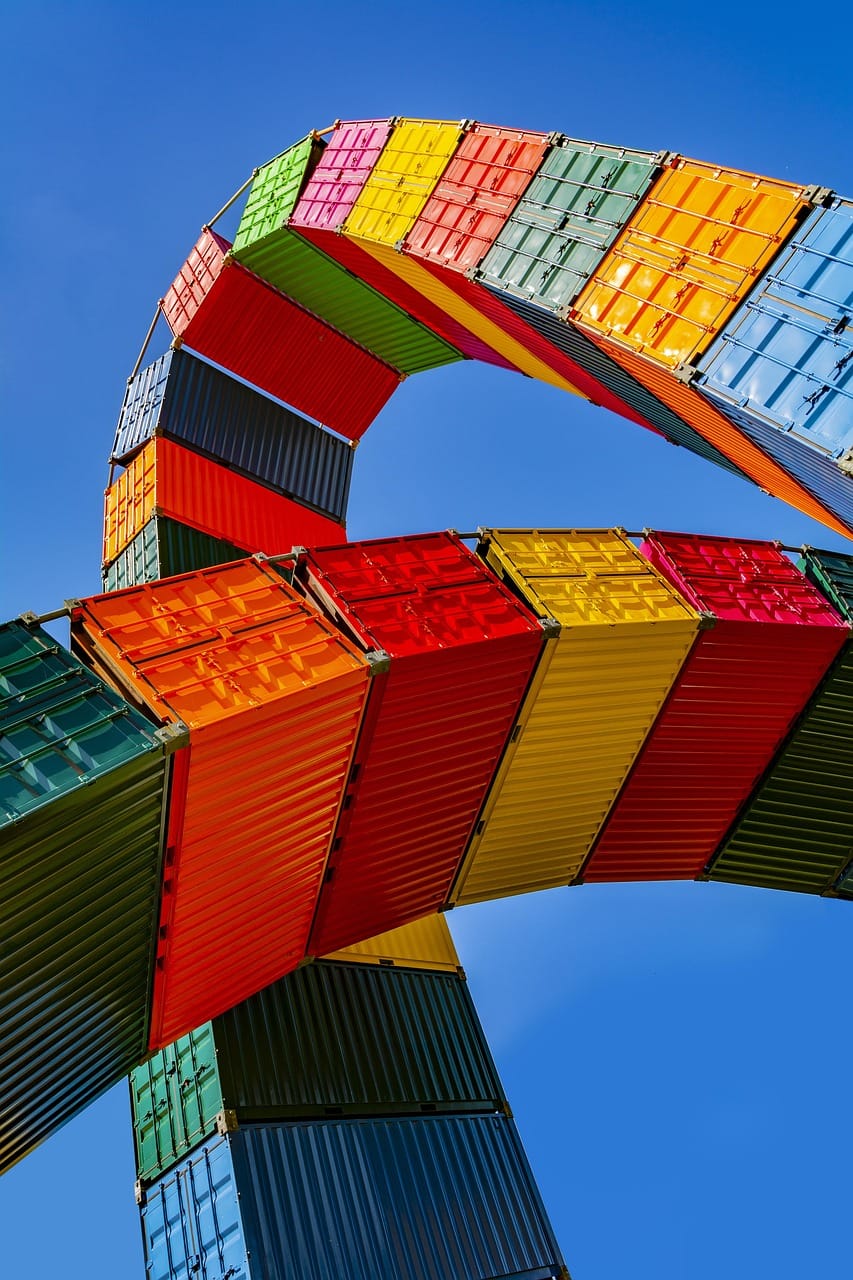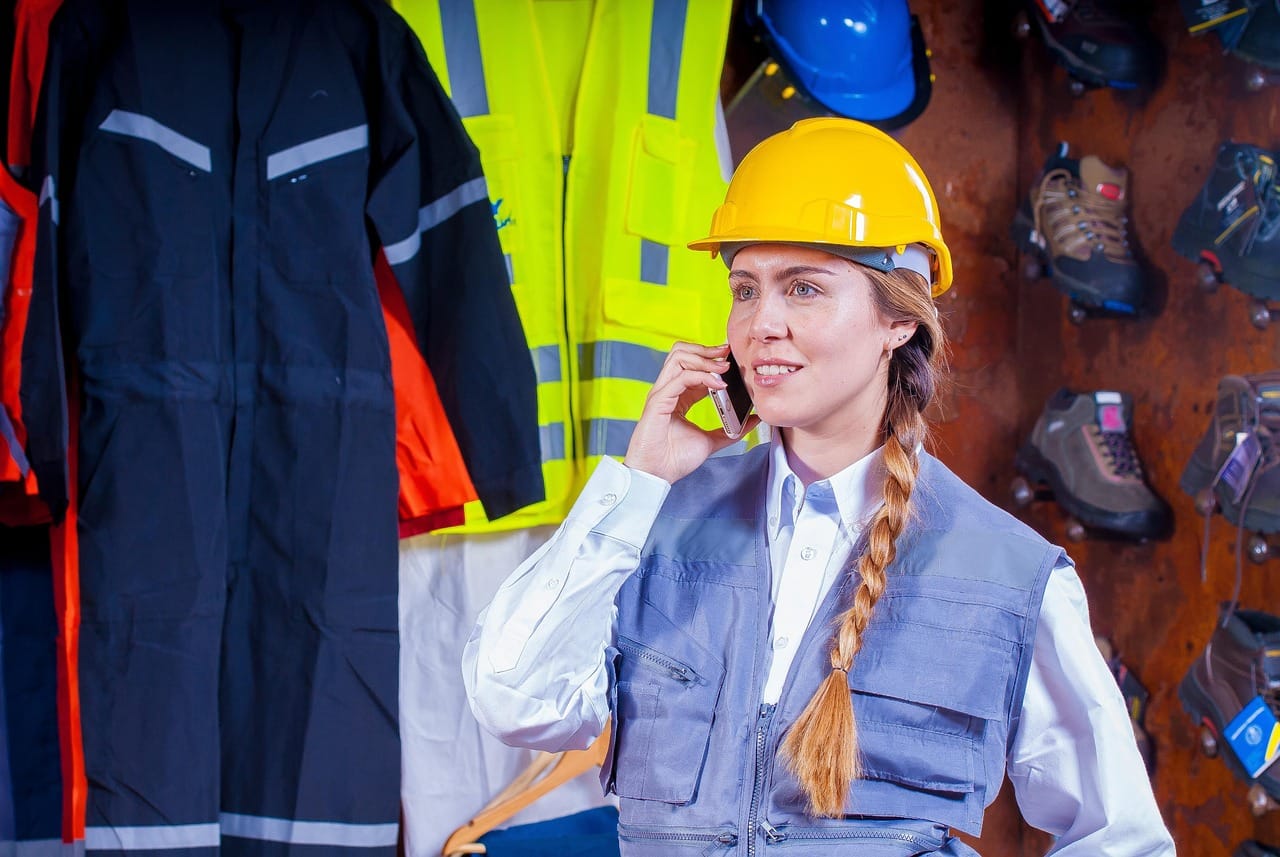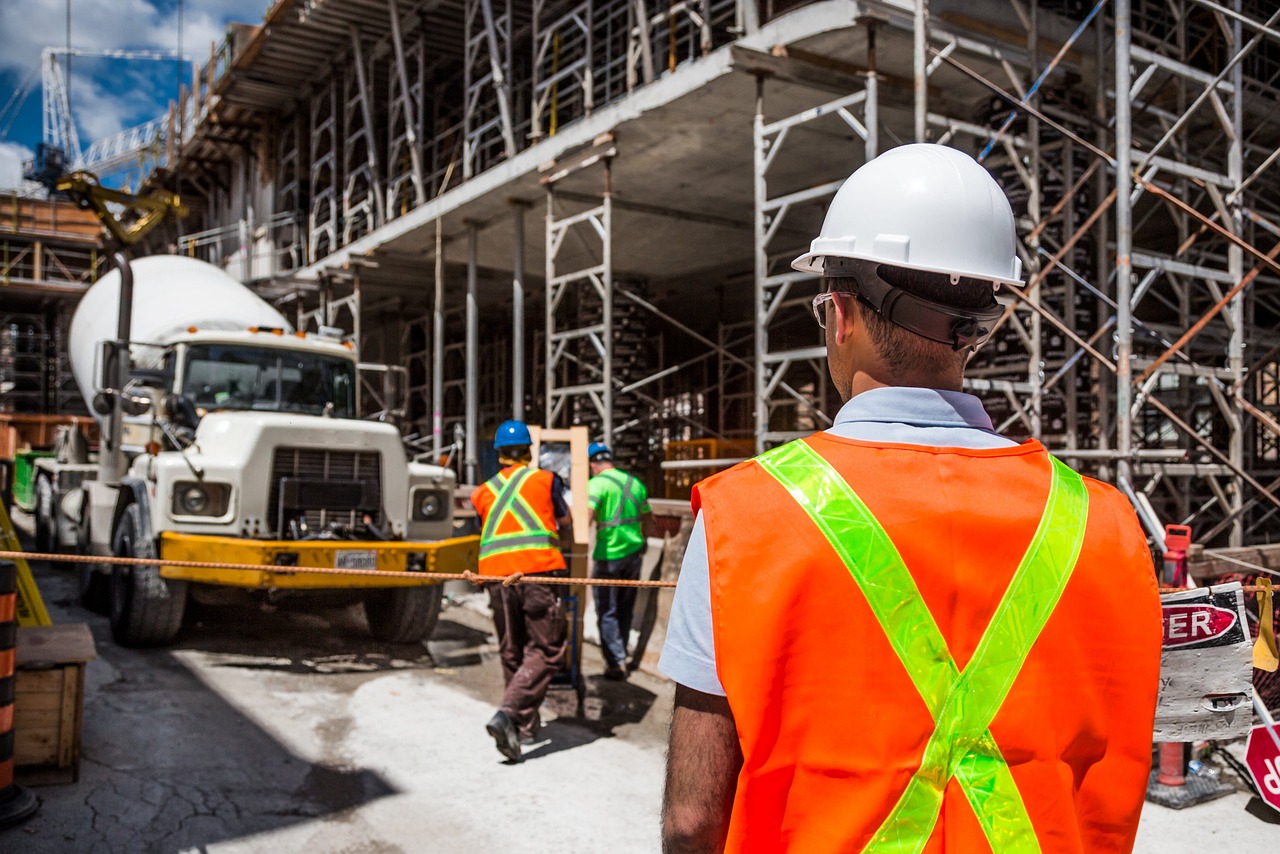In many high-risk industries, reflective clothing is not only an essential piece of Personal Protective Equipment (PPE), but a life-saving tool that ensures worker safety. Whether it’s nighttime construction, traffic enforcement, or working in hazardous environments, the right reflective clothing can significantly improve visibility and reduce accident rates.
Why is Reflective Clothing Crucial?
In low-light or extreme weather conditions, workers can be difficult to see, especially by drivers and machinery operators. In these cases, wearing reflective clothing can greatly enhance worker visibility and prevent potential dangers. Reflective garments use high-visibility reflective tape and fluorescent materials, ensuring workers are seen from a distance, even in dim lighting.
Key Benefits of Reflective Clothing
- Improved Visibility: Reflective clothing helps workers be easily spotted in low-light conditions.
- Compliance with Regulations: Many countries and industries require workers to wear reflective apparel in specific conditions to comply with safety standards.
- Enhanced Safety: By increasing visibility, reflective clothing helps reduce accidents at the workplace.
- Comfort and Functionality: Modern reflective garments are not only safe but also designed for comfort, making them suitable for long work hours.
Industries That Rely on Reflective Clothing
Reflective clothing is widely used across various industries. Here are some key sectors where it plays an essential role:
| Industry | Application |
|---|---|
| Construction | Nighttime work, tunnel operations, roadwork |
| Traffic Enforcement | Police officers, flaggers, emergency responders |
| Logistics & Warehousing | Warehouse staff, truck drivers, forklift operators |
| Public Utilities | Road repair, landscaping, electrical maintenance |
| Aviation & Ports | Ground crews, marshals, port workers |
How to Choose the Right Reflective Clothing
When selecting reflective clothing, consider the following key factors:
- Certification: Choose products that meet national or regional safety standards.
- Comfort & Fit: Ensure garments are breathable, moisture-wicking, and properly sized for comfort during long hours of work.
- Durability: Look for fabrics that resist wear, fading, and industrial laundering.
- Design: Reflective gear should not only enhance safety but also align with your branding or work environment needs.
Conclusion
Reflective clothing is more than just a regulatory requirement—it is a crucial element for ensuring safety in the workplace. By investing in high-quality reflective gear, businesses can protect their workers and reduce the risk of accidents.
For premium reflective apparel solutions, visit www.SumSafety.com and contact our team to learn more about our custom solutions for your industry.
📞 Contact Us
📧 sa***@*******ty.com
📱 WhatsApp/WeChat: +86 187 1500 5859
🔗 Start a WhatsApp Chat
🌐 www.SumSafety.com





